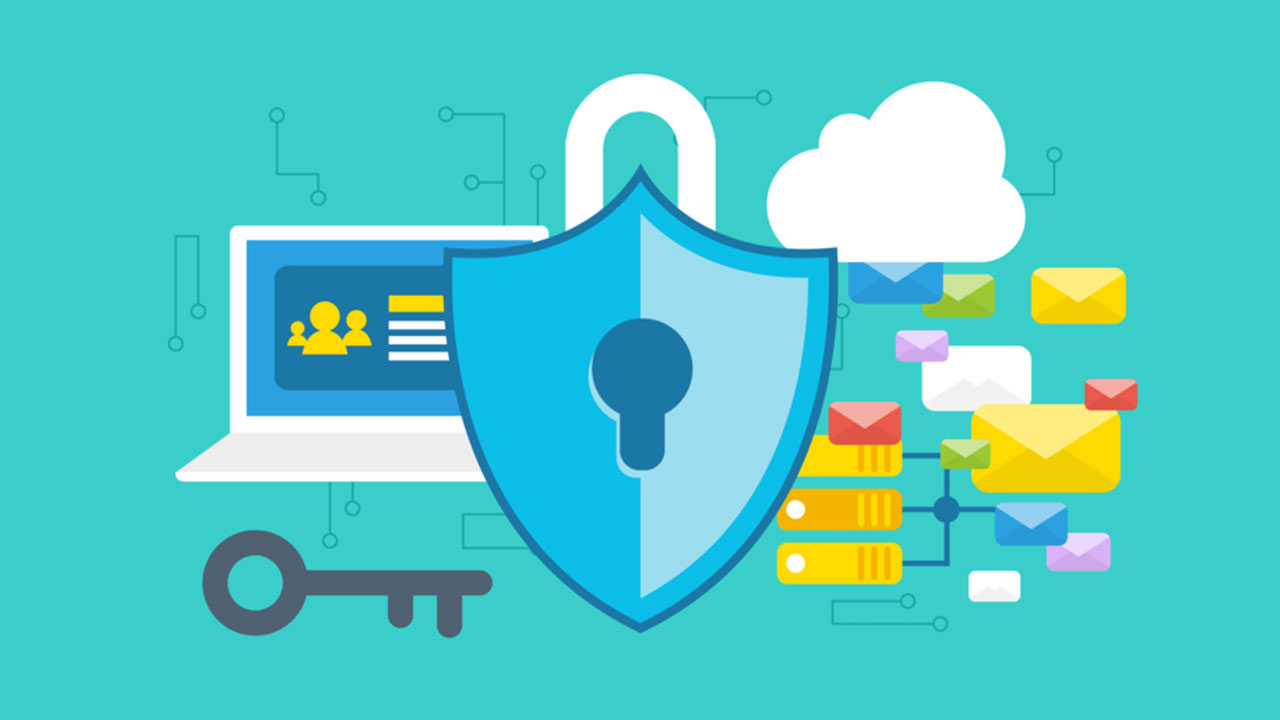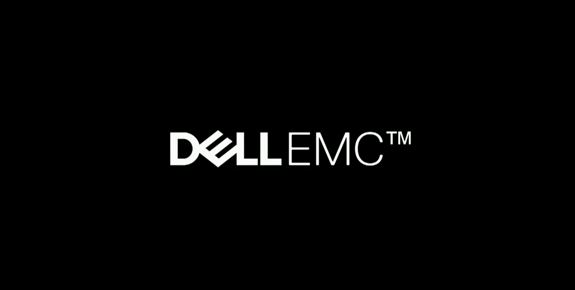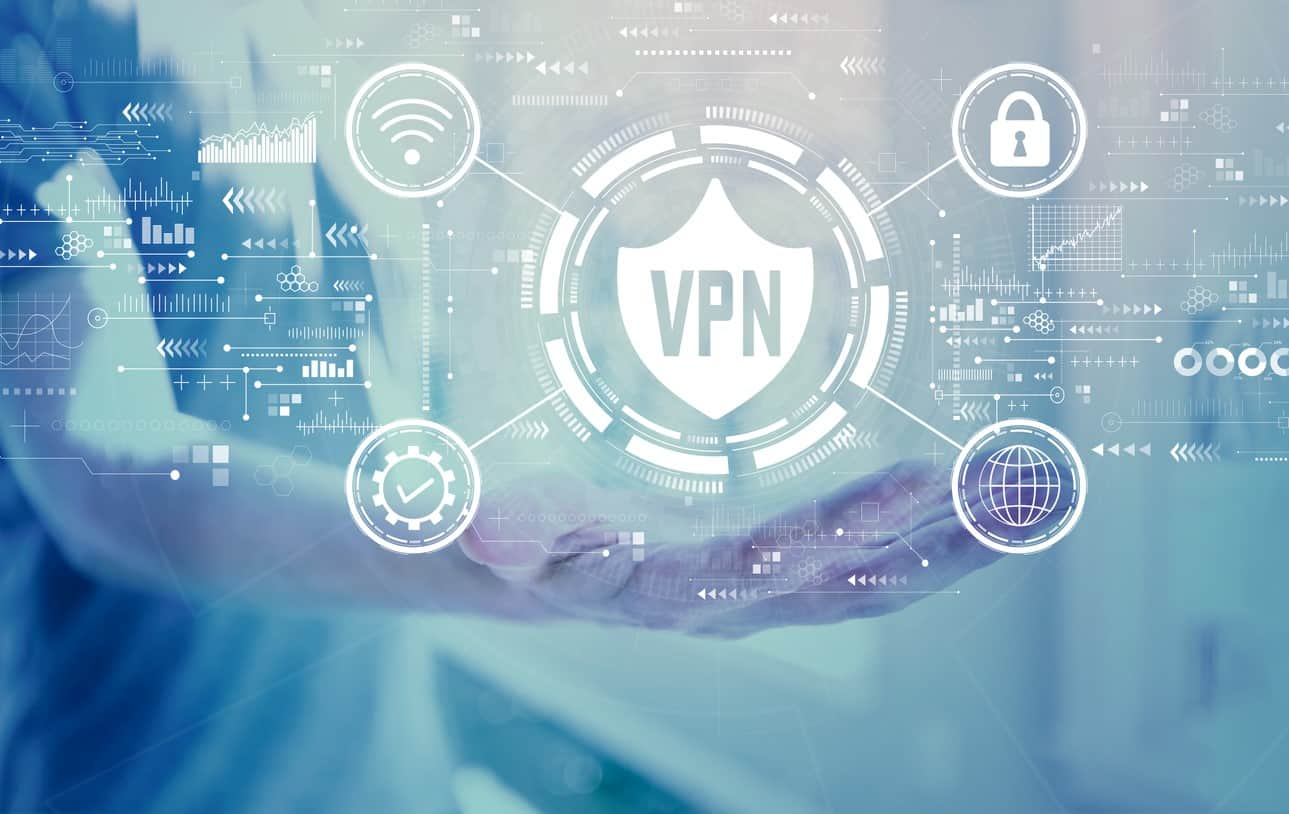
Mastering Server Maintenance: A Deep Dive into Patch Management Techniques
April 14, 2024
Server maintenance is a critical aspect of IT operations, ensuring the stability, security, and performance of infrastructure. Within this realm, patch management plays a pivotal role in keeping systems up-to-date and protected against vulnerabilities. In this comprehensive guide, we delve into various patch management techniques, with a focus on Linux environments, including Debian, Ubuntu, and CentOS. Additionally, we explore the benefits of centralized patch management and the availability of free solutions to streamline the process.

Content
Understanding the Importance of Patch Management
Patch management involves the process of identifying, acquiring, testing, and applying patches or updates to software systems to mitigate security vulnerabilities and improve functionality. In the context of Linux servers, effective patch management is essential for maintaining system integrity and safeguarding against cyber threats.
Exploring Patch Management Techniques for Linux Servers
- Linux Patch Management: Linux servers require regular patching to address security vulnerabilities and bugs. A robust patch management strategy for Linux involves identifying patches relevant to the distribution and applying them promptly to minimize the risk of exploitation.
- Debian Patch Management: Debian-based systems, such as Debian itself and distributions like Ubuntu, rely on the Advanced Package Tool (APT) for package management. Debian patch management involves using APT to install security updates, bug fixes, and enhancements provided by the Debian Security Team.
- Ubuntu Patch Management: Ubuntu, being a popular Debian-based distribution, inherits the patch management mechanisms of Debian. Administrators can leverage tools like apt-get or aptitude to update packages and apply security patches promptly.
- CentOS Patch Management: CentOS, a community-driven distribution derived from Red Hat Enterprise Linux (RHEL), follows a similar patch management process. Administrators can use the yum or dnf package managers to install updates provided by the CentOS project.
Benefits of Centralized Patch Management
Centralized patch management solutions offer several advantages for organizations managing Linux servers:
- Efficiency: Centralized patch management streamlines the process of identifying, testing, and deploying patches across multiple servers, reducing manual effort and minimizing downtime.
- Consistency: By centralizing patch management, organizations can ensure that all servers receive consistent updates, maintaining uniform security levels across the infrastructure.
- Compliance: Centralized patch management solutions often include reporting and auditing features, facilitating compliance with regulatory requirements and security standards.
Leveraging Free Linux Patch Management Solutions
Many organizations, especially small and medium-sized businesses, may seek cost-effective solutions for Linux patch management. Fortunately, several free tools and platforms offer robust patch management capabilities:
- Free Linux Patch Management Tools: Open-source tools like Spacewalk, Katello, and Patchman provide centralized patch management features for Linux servers, including support for Debian, Ubuntu, and CentOS distributions.
- Vendor-Specific Offerings: Some Linux distributions, such as Ubuntu and CentOS, offer free patch management solutions as part of their ecosystem. These solutions often integrate seamlessly with the respective distributions, simplifying the patch management process.
Conclusion
Mastering server maintenance, particularly patch management, is essential for ensuring the security and reliability of Linux servers. By understanding the nuances of patch management techniques for Debian, Ubuntu, CentOS, and other Linux distributions, organizations can implement effective strategies to mitigate risks and optimize system performance. Furthermore, embracing centralized patch management solutions and leveraging free offerings empower organizations to streamline the patching process while minimizing costs and maximizing efficiency.

Darin is a wonderful person. He is very nice and always willing to help out! He loves his job because it lets him share interesting things with people who want to know about new developments in the world of technology.




